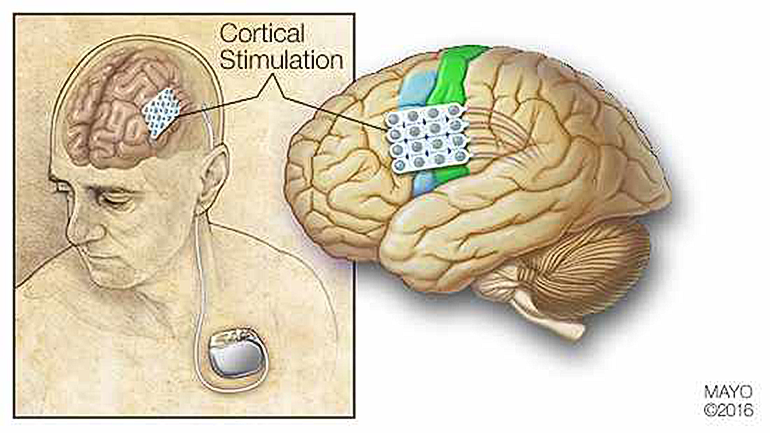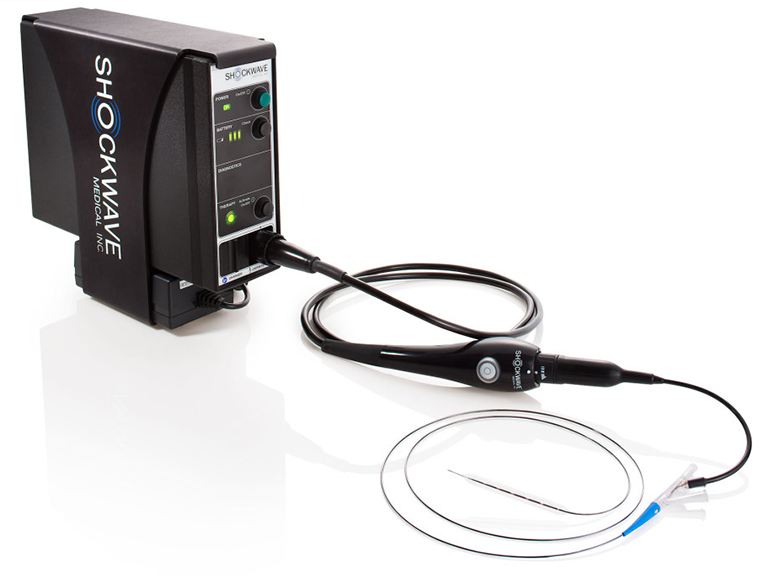September 21, 2016 – Janssen Pharmaceuticals, Inc. (Janssen) announced today the U.S. Food and Drug Administration (FDA) has approved Invokamet XR – a once-daily, fixed-dose combination therapy of canagliflozin and metformin hydrochloride extended-release (XR)—for first-line use as an adjunct to diet and exercise to improve blood glucose control in adults with type 2 diabetes when treatment with the two medications is appropriate.[1] Invokamet XR combines Invokana (canagliflozin), the most prescribed sodium glucose co-transporter 2 (SGLT2) inhibitor, with more than 9 million U.S. prescriptions since launch,[2] and an XR formulation of metformin. Metformin is commonly prescribed as an initial therapy for the treatment of type 2 diabetes.
“Invokamet XR offers the convenience of once-daily dosing and provides physicians needed flexibility for tailoring treatment to the needs of type 2 diabetes patients, especially those with higher A1C levels,” said John Anderson, M.D.,* Frist Clinic, Nashville, Tenn. “As with Invokamet, physicians can prescribe the XR formulation to adults when they are first diagnosed with type 2 diabetes or as additional therapy for people whose A1C levels are not well controlled with either agent alone.”
Phase 3 studies have shown the combination of Invokana and metformin reduces A1C significantly more than metformin alone, sitagliptin plus metformin, or glimepiride plus metformin. Treatment with Invokana as an add-on to metformin also demonstrated greater reductions in the secondary endpoints of body weight and systolic blood pressure.
The approved indication for Invokamet XR aligns with current type 2 diabetes treatment guidelines from the American Association of Clinical Endocrinologists and American College of Endocrinology and from the American Diabetes Association, which recommend dual therapy for patients with higher A1C levels.[3],[4] Specifically, guidelines recommend dual therapy for patients who have an initial A1C level of 7.5 percent or higher[3] and for those who have an initial level below 7.5 percent and do not achieve an A1C treatment goal after about three months on single therapy, often metformin.4 In addition, dual or triple therapy is recommended as first-line therapy in asymptomatic patients with an initial A1C level above 9 percent.[3]
A1C is a measure of average blood glucose over the past two to three months; the American Diabetes Association recommends most adults with type 2 diabetes maintain A1C levels of 7 percent or less.[5]
“The approval of Invokamet XR is further evidence of our ongoing commitment to provide new treatment options for people with type 2 diabetes,” said Paul Burton, M.D., Ph.D., Vice President, Medical Affairs, Janssen. “Our Invokana portfolio now offers physicians even more choices for helping patients improve control of A1C levels and other important health measures, with numerous dosing options for monotherapy and for combination therapy with both metformin and metformin XR.”
Invokamet XR is available in four dosages, in tablets containing canagliflozin 50 milligrams (mg) or 150 mg, and metformin XR 500 mg or 1000 mg. The recommended dosing is two tablets once daily with the morning meal. The prescribing information for Invokamet XR also contains a boxed warning for lactic acidosis, a rare but serious complication that can occur due to metformin accumulation.[1]
Studies in healthy adults have demonstrated that administration of Invokamet XR results in the same levels of canagliflozin and metformin XR in the body as when corresponding dosages of the two medicines are administered as separate tablets. Canagliflozin works with the kidneys to help adults with type 2 diabetes lose some sugar through the process of urination, and metformin decreases the production of glucose in the liver and improves the body’s response to insulin. Invokamet XR should not be used in patients with type 1 diabetes or for the treatment of diabetic ketoacidosis.[1]
Invokamet, the first combination of an SGLT2 inhibitor and an immediate-release formulation of metformin available in the United States, was initially approved by FDA in August 2014 as an adjunct to diet and exercise to improve glycemic control in adults with type 2 diabetes not adequately controlled with metformin or canagliflozin, or who are already being treated with both medications separately. In May 2016, FDA expanded the Invokamet indication to include adults with type 2 diabetes who are not already being treated with canagliflozin or metformin and may benefit from dual therapy.



